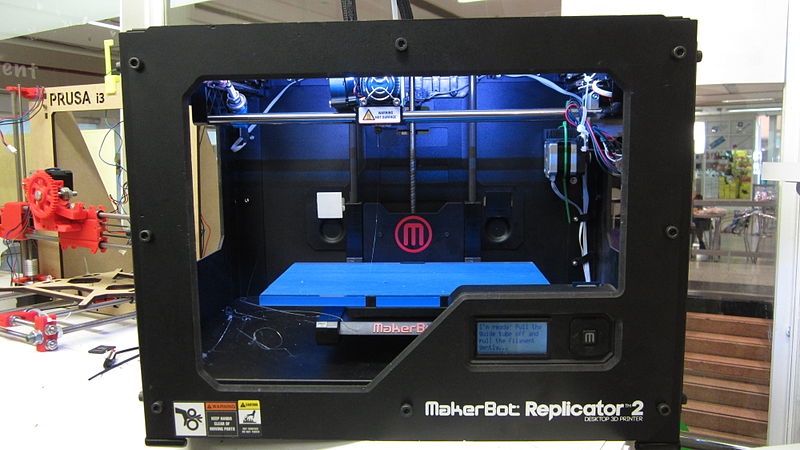$50 3D-printed part replaces $42,000 medical prosthetic hand
By Ethan A. Huff | Natural News

(NaturalNews) The power of open-source, 3D-printing technology has reached the medical field with a new breakthrough in homemade prosthesis. Jeremy Simon of 3D Universe has successfully developed a prosthetic hand using 3D-printing technology that is not only more useful than traditional prostheses but significantly less expensive.
After spending about $42,000 on a conventional prosthetic hand, 53-year-old Jose Delgado, Jr., who was born without most of his left hand, was left wanting. The seemingly lifelike hand doesn’t grip as well as he would like, and the ring and pinky fingers don’t work at all, and are there primarily for aesthetic purposes.
It was really his only option until 3D printing came along, offering regular people the opportunity to design their own tools, parts and, in this case, synthetic limbs, for a fraction of the price of their conventional counterparts. Interestingly enough, it really wasn’t that hard for Simon, a 3D-printing expert, to design a better prosthetic hand for Delgado, and for a fraction of the price.
Simon calls it the e-NABLE Hand, and it only cost him about $50 to make, or about one-tenth of 1 percent of what Delgado paid for his original prosthetic hand from conventional medicine. And the best part about e-NABLE is that it is more functional, grips better and is incredibly durable, something that Delgado isn’t able to say about his other hand.
“It’s useful for carrying boxes,” stated Delgado about the functionality of the “Cyborg Beast,” the colloquial name for the 3D-printed hand. “This one [the $42,000 hand], if I grab something, it’ll just fall out. These have more grip,” he added, pulling on the slick, black appendages attached to the Cyborg Beast.
$50 3D-printed hand has full movement while $42,000 one is severely limited
The way it works is a series of non-flexible cords on the underside of each finger is attached to a tensioning block on the top rear of the device — Simon refers to this block as “the gauntlet.” As Delgado bends his wrist downward, tension is created and the Cyborg Beast closes its fingers, allowing him to pull or lift objects weighing up to about 20 pounds.
When the wrist is returned to a normal resting position, a series of non-flexible cords on the top part of the device is pulled, opening up the hand in the same way as a real hand would remain open, with the fingers slightly curved inwards. These corresponding movements allow Delgado to close his hand naturally by simply bending his wrist about 20-30 degrees downward, and opening it back up by returning to the natural position.
You can see the “Cyborg Beast” in action here:
YouTube.com.
You can learn more by visiting eNABLingTheFuture.org.
Video: Hands For Haiti
